Creating Frankenstein’s Monster in the Gym
Leave a Comment “Man,” I cried, “how ignorant art thou in thy pride of wisdom!”
― Mary Shelley, Frankenstein
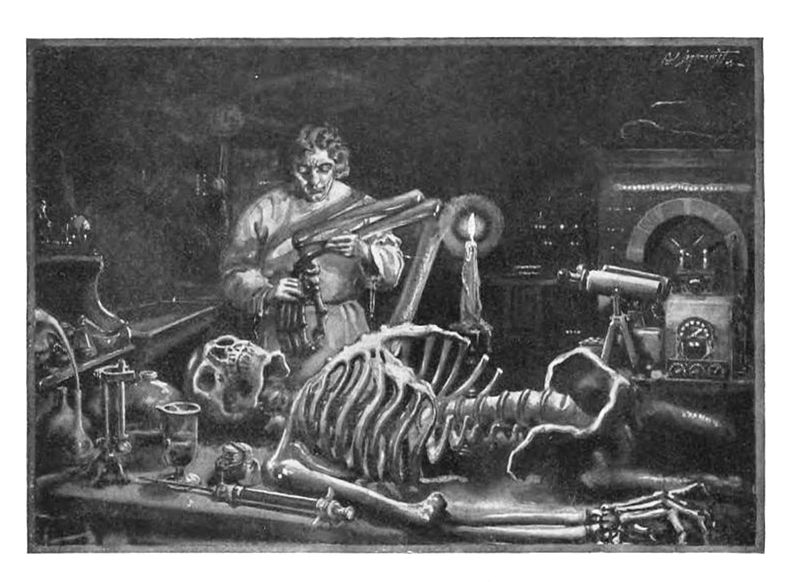
I was asked last week my thoughts on using the barbell hip thrust in the gym. I had no thoughts on the matter, I don’t use it as an exercise tool.
Rather than, ‘What do you use to develop hip extension?’ The follow up question was, ‘Why not? S&C coach X says it works on hip extension which is really important in sprints and jumps.’
Earlier that week I had been asked by a novice weight lifter why their Crossfit ‘coach’ was telling them different cues than I was for the snatch, especially with reference to the hip extension. She prefaced this with, ‘What I did with you really helped, I understood it and it works.’
Why can’t we leave it at that? If what I do when I coach works, why ask me to comment on what I am NOT doing?
“Of what a strange nature is knowledge! It clings to a mind when it has once seized on it like a lichen on a rock.“
― Mary Shelley, Frankenstein
Here are some exercises that I do not use, or have not used in at least 8 years:
- Nordic curls
- Barbell Hip Thrusts
- Bench Press
- The Plank
Whilst their proponents will argue their validity, I avoid simplistic isolated exercises that work on certain body parts in the hope that they will magically come together when the athlete tries to move fast or powerfully in the arena.
All of the above minimise, or eliminate movement, and have a low skill component. That makes them easier to load and develop and get better numbers.
But, expecting them to work together is like Frankenstein working furiously in his laboratory, and then dismayed at the result.
“Hateful day when I received life!’ I exclaimed in agony. ‘Accursed creator! Why did you form a monster so hideous that even you turned from me in disgust? God, in pity, made man beautiful and alluring, after his own image; but my form is a filthy type of yours, more horrid even from the very resemblance.I am solitary and abhorred.’ – The Monster”
― Mary Shelley, Frankenstein
Whip cracking
Last Sunday, whilst waiting for my daughter to finish horse riding, I had a go at cracking a whip. A big long one that probably weighed 200g or so. I attempted it a dozen times, and my arm was getting tired. The horse riding instructor said it looked like I was fly fishing.
I had a few more attempts and cracked it twice overall. The speed and timing were what was needed to succeed.
If I was Frankenstein, I might give myself these exercises to help me get better:
- Wrist curls
- Bicep curls
- Front shoulder raises
They are the components of the whip action, so surely doing these will help?
It’s embarrassing when a 60 year old lady can do a skill faster and better than I can. I doubt very much if she is stronger than me at those dumbbell exercises. Her timing and coordination are far superior.

Sprinting, jumping and the snatch are coordination exercises. They require practice and skill.
If you spend all the time in the laboratory (or weights room) without seeing, or being responsible for the end result, you can come up will all sorts of concoctions. Other mad scientists can marvel at your work and you will become famous amongst your peers.
I prefer to help our athletes get better at their chosen endeavour.


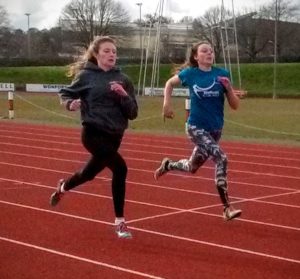
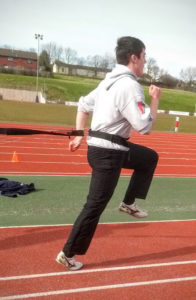
 Studies at the Brisbane Broncos showed momentum to be a key feature of high performing players. Momentum is mass x velocity; if you increase your mass without concomitant improvement in relative strength (your ability to control your own body weight in all planes of movement) there is likely to be a reduction in velocity i.e. your momentum may go down.
Studies at the Brisbane Broncos showed momentum to be a key feature of high performing players. Momentum is mass x velocity; if you increase your mass without concomitant improvement in relative strength (your ability to control your own body weight in all planes of movement) there is likely to be a reduction in velocity i.e. your momentum may go down.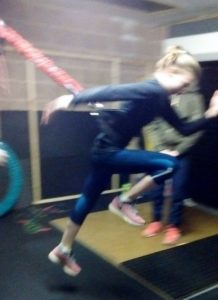
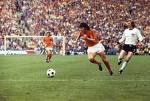 trauma after the war.
trauma after the war.
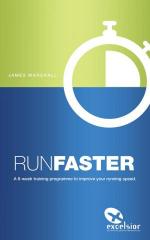 See our Run Faster programme
See our Run Faster programme  Frans Bosch
Frans Bosch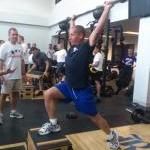
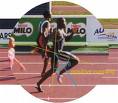 Why the “High Knees Drill” can make you run slower.
Why the “High Knees Drill” can make you run slower.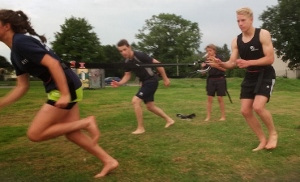 This month of our internship we have been learning about speed and the most
This month of our internship we have been learning about speed and the most 
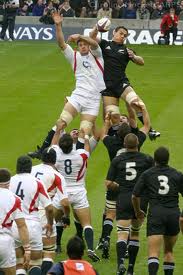 Our challenge in coach development is to help to develop innovative and creative coaches who can maximise player and team potential. Even at the elite end of the game where the media’s microscopic analysis and interest have placed incredible stresses on coaches there is scope for development.
Our challenge in coach development is to help to develop innovative and creative coaches who can maximise player and team potential. Even at the elite end of the game where the media’s microscopic analysis and interest have placed incredible stresses on coaches there is scope for development.  Fat as an active system
Fat as an active system